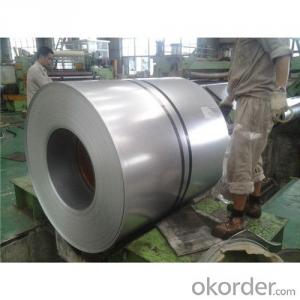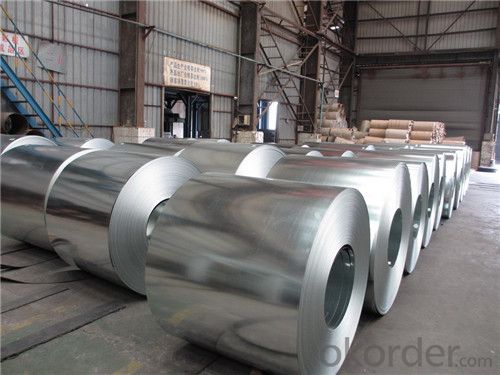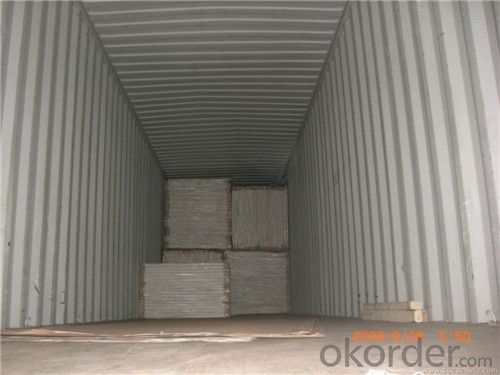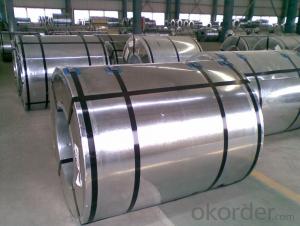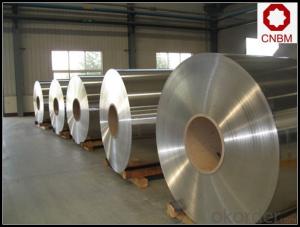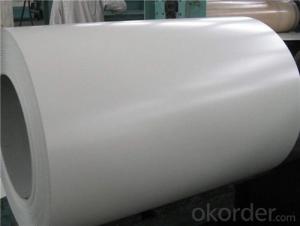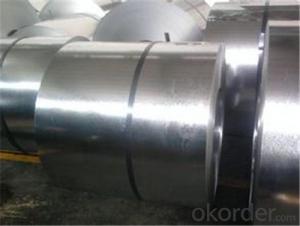Cold Rolled Steel Coils for roof construction
- Loading Port:
- Shanghai
- Payment Terms:
- TT OR LC
- Min Order Qty:
- 36 m.t.
- Supply Capability:
- 30000 m.t./month
OKorder Service Pledge
OKorder Financial Service
You Might Also Like
SPCC cold rolled steel plate/cold rolled sheet building and construction | ||
Material | Standard | JIS G3141.GB/T 708-2006,EN10130,ASTM A366, GB11253-89, JIS G3141,DIN1623,EN10130 |
Grade | SPCC,DC01,DCO2,SPCG,Q195,Q235,SPCE,SPCD,ect | |
Size details | Thickness | 0.1-4.5mm |
Width | 750-1500mm | |
Coil ID | 508/610mm | |
Weight coil | 5-12tons for each coil | |
Surface finished | General, bright,oiled or non-oiled | |
Technique | Cold rolled | |
Certificates | ISO9001:2000,CE, BV, | |
Packing | craft paper +steel pallet packing/steel box+steel pallet | |
Productivity | 1000T/M | |
Application | 1.common structural parts and parts for drawing in engineering machines 2.transportation machine construction machines, lifting machine 3.agricultural machines, light and civil industrial, household appliance industries. 4. chemical equipments, drive casing pipe and light industrial civil | |
- Q: What is the role of steel coils in HVAC systems?
- Steel coils play a crucial role in HVAC (heating, ventilation, and air conditioning) systems as they are responsible for facilitating the transfer of heat between the air and the refrigerant. In HVAC systems, steel coils are typically used in two main components: the condenser coil and the evaporator coil. The condenser coil is located in the outdoor unit of an HVAC system and its primary function is to release the heat from the refrigerant into the surrounding air. This coil is made up of multiple steel tubes that are bent into a serpentine shape and are attached to aluminum fins. As the hot refrigerant flows through these tubes, the steel coils ensure maximum surface area contact with the surrounding air, allowing for efficient heat transfer. Through this process, the heat is dissipated into the outdoor environment, resulting in the cooling of the refrigerant. On the other hand, the evaporator coil is situated in the indoor unit of the HVAC system and its role is to absorb heat from the air inside the building. Similar to the condenser coil, the evaporator coil consists of steel tubes that are connected to aluminum fins. The refrigerant, in a cold state, flows through these tubes, and as warm air from the building passes over the coils, the heat is transferred from the air to the refrigerant. This heat absorption process cools down the air, which is then circulated back into the building, providing the desired cooling effect. Overall, steel coils in HVAC systems are essential for heat transfer between the air and the refrigerant. Their design and placement allow for efficient cooling or heating of the air, depending on the system's mode of operation. Without steel coils, HVAC systems would not be able to effectively regulate the temperature and provide the desired comfort levels in residential, commercial, and industrial buildings.
- Q: Can you use regular welding rods when welding stainless steel?Thank you.
- You would use stainless steel rod. I have used stainless safety wire that you can buy at the hardware store or Harbor Freight. (Assuming you are TIG welding). I have found that for small jobs it works quite well.
- Q: What is the average lifespan of a steel coil storage rack?
- The average lifespan of a steel coil storage rack can vary depending on several factors such as the quality of the rack, proper maintenance, and usage conditions. However, with proper care and maintenance, a well-built steel coil storage rack can typically last anywhere from 10 to 20 years or even longer.
- Q: What are the dimensions of steel coils used in the agricultural machinery industry?
- The specific application and requirements play a significant role in determining the dimensions of steel coils utilized in the agricultural machinery industry. Generally, the dimensions of steel coils in this industry fall between 0.5 and 2.0 millimeters in thickness and 600 to 1500 millimeters in width. These dimensions are commonly utilized for agricultural machinery components like panels, frames, brackets, and reinforcements. It is worth mentioning that these dimensions can be tailored to meet the specific needs of the machinery or the manufacturer's specifications.
- Q: What are the different grades of steel used for coils?
- The different grades of steel used for coils vary depending on the specific application and requirements. Some common grades include low carbon steel (C1008/1010), medium carbon steel (C1045), high carbon steel (C1070/1095), stainless steel (304/316), and advanced high-strength steels (AHSS) like dual-phase (DP), transformation-induced plasticity (TRIP), and martensitic (MS). Each grade offers different properties such as strength, corrosion resistance, formability, and weldability, allowing manufacturers to choose the most suitable grade for their coil production.
- Q: What are the different types of steel coil storage locations?
- There are several different types of steel coil storage locations, including warehouse storage, outdoor storage yards, rack storage systems, and automated storage systems.
- Q: What are the dimensions of steel coils used in the energy sector?
- The dimensions of steel coils utilized in the energy sector may differ depending on the specific application and requirements. However, typical dimensions for steel coils in the energy sector encompass a thickness range of 0.5mm to 5.0mm, with widths that usually span from 600mm to 2000mm. The diameter of the coil can also vary, with commonly employed sizes ranging from 1000mm to 2200mm. These dimensions are carefully selected to ensure that the coils can be easily transported, processed, and employed in various energy sector applications, such as power plants, oil and gas pipelines, and renewable energy projects. It is important to emphasize that these dimensions are not fixed and can be tailored according to specific project requirements.
- Q: I juuuust got a new stainless steel sink only 5 months ago, and it already has a couple rust spots on it.What caused this?!
- Use a soft cloth or nylon sponge and a little bit of detergent on the spot. Do not use bleach, chlorine or otherwise. If this does not work, try a little baking soda. Always rince out the sink after you use it, soap film can leave a rainbow looking mark in the stainless steel. I take everything out of the sink after I wash dishes. I use a small amount of veg oil on a paper towel to shine up the sink.
- Q: Explain why a steel nail sinks but a steel ship floats.
- surface area of the ship against the water is much greater than the nail.
- Q: Is there any way to melt steel without the intense heat of a blast furnace?
- This Site Might Help You. RE: How do you melt steel without a blast furnace? Is there any way to melt steel without the intense heat of a blast furnace?
Send your message to us
Cold Rolled Steel Coils for roof construction
- Loading Port:
- Shanghai
- Payment Terms:
- TT OR LC
- Min Order Qty:
- 36 m.t.
- Supply Capability:
- 30000 m.t./month
OKorder Service Pledge
OKorder Financial Service
Similar products
Hot products
Hot Searches
Related keywords
